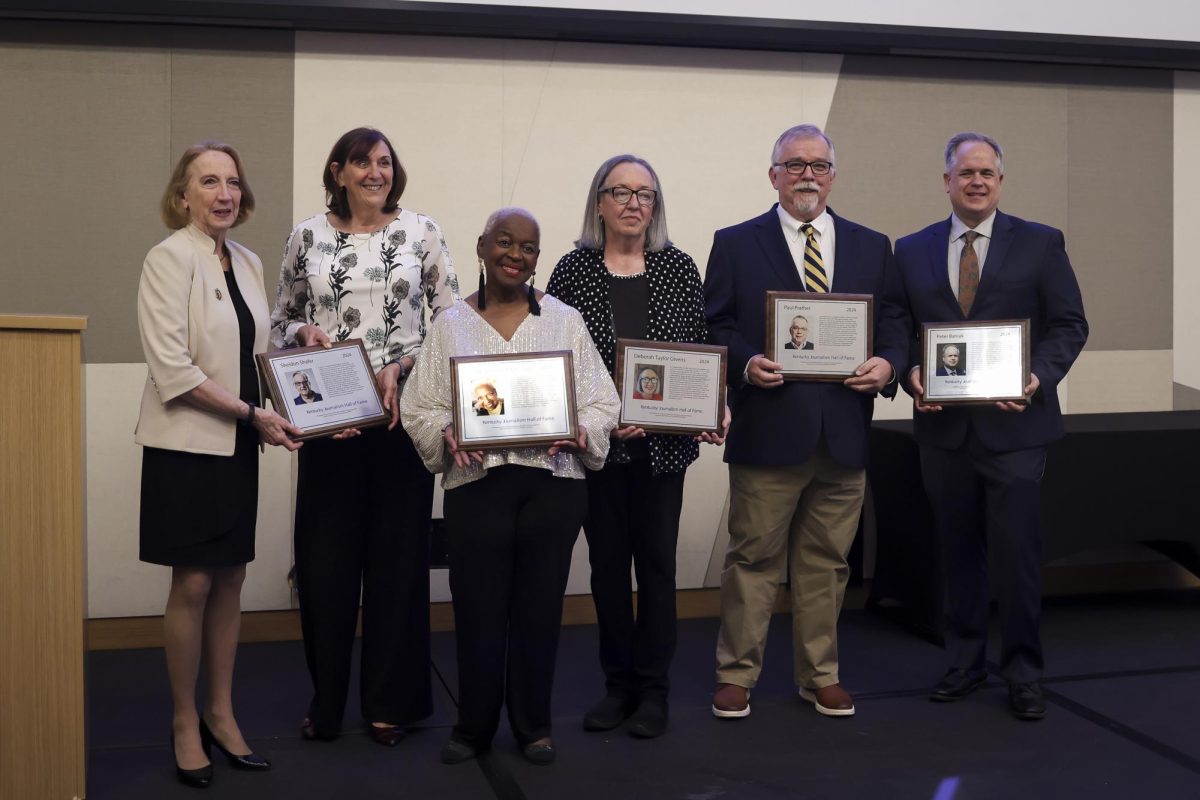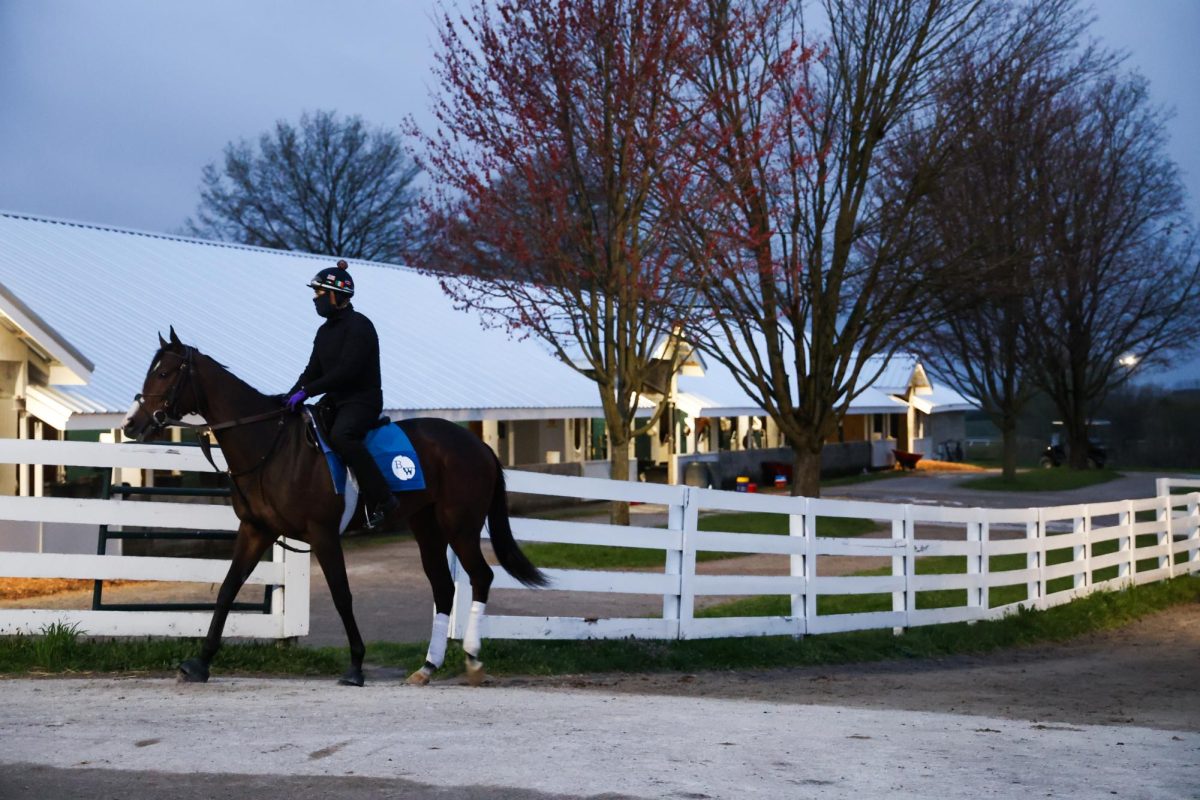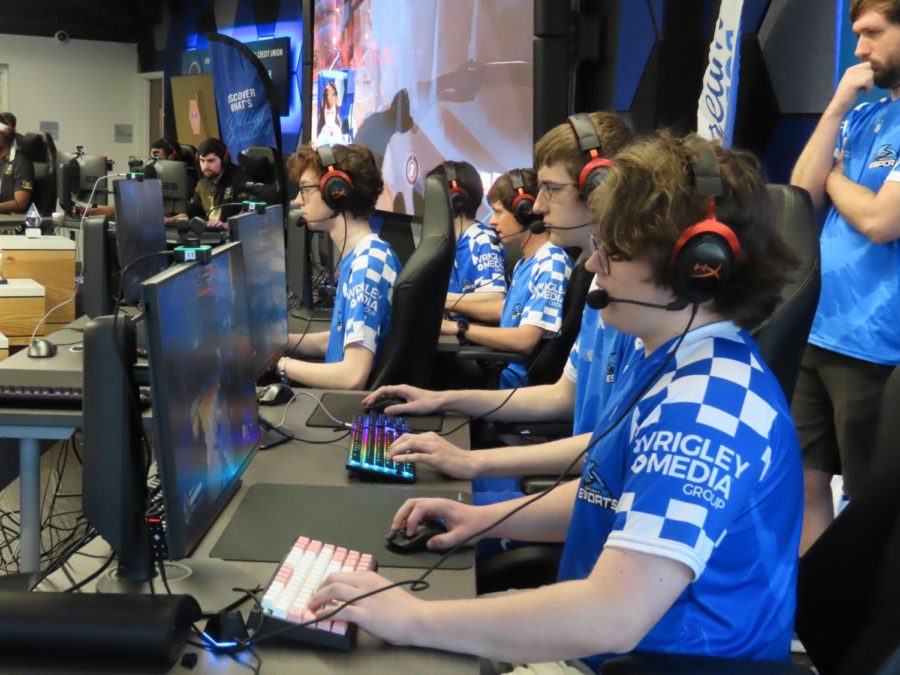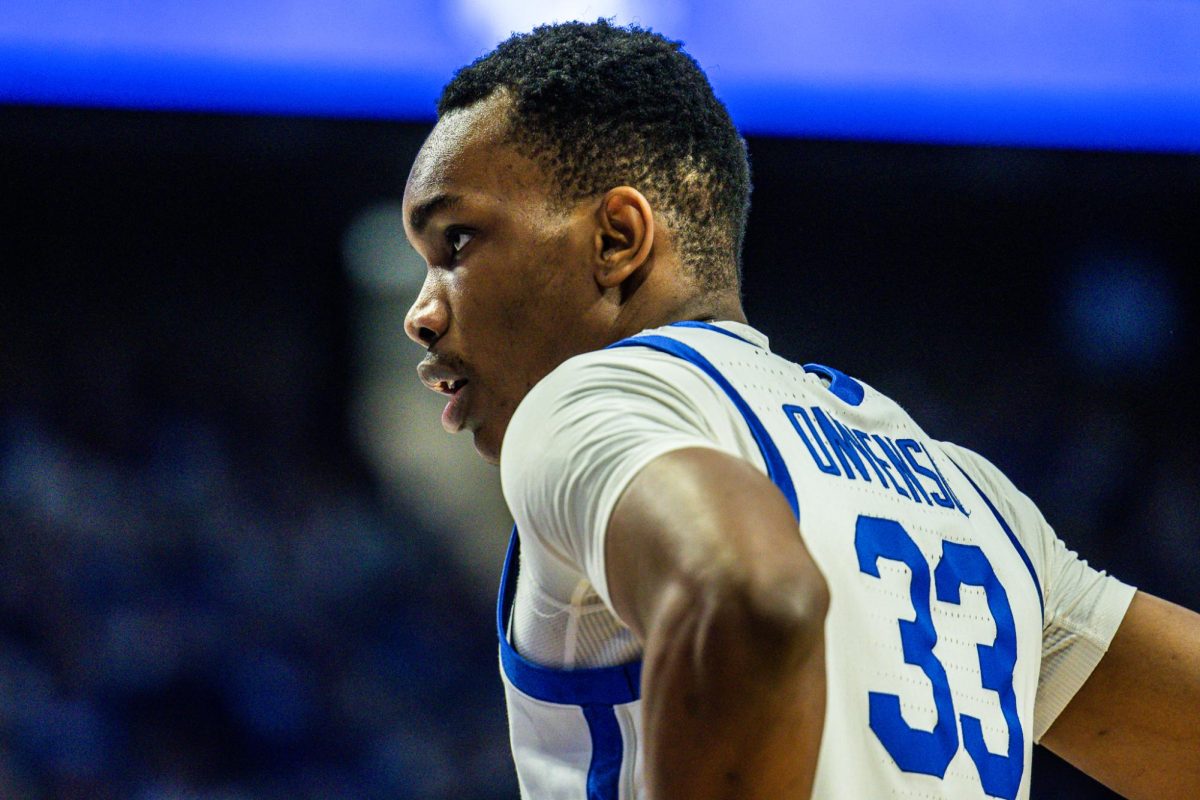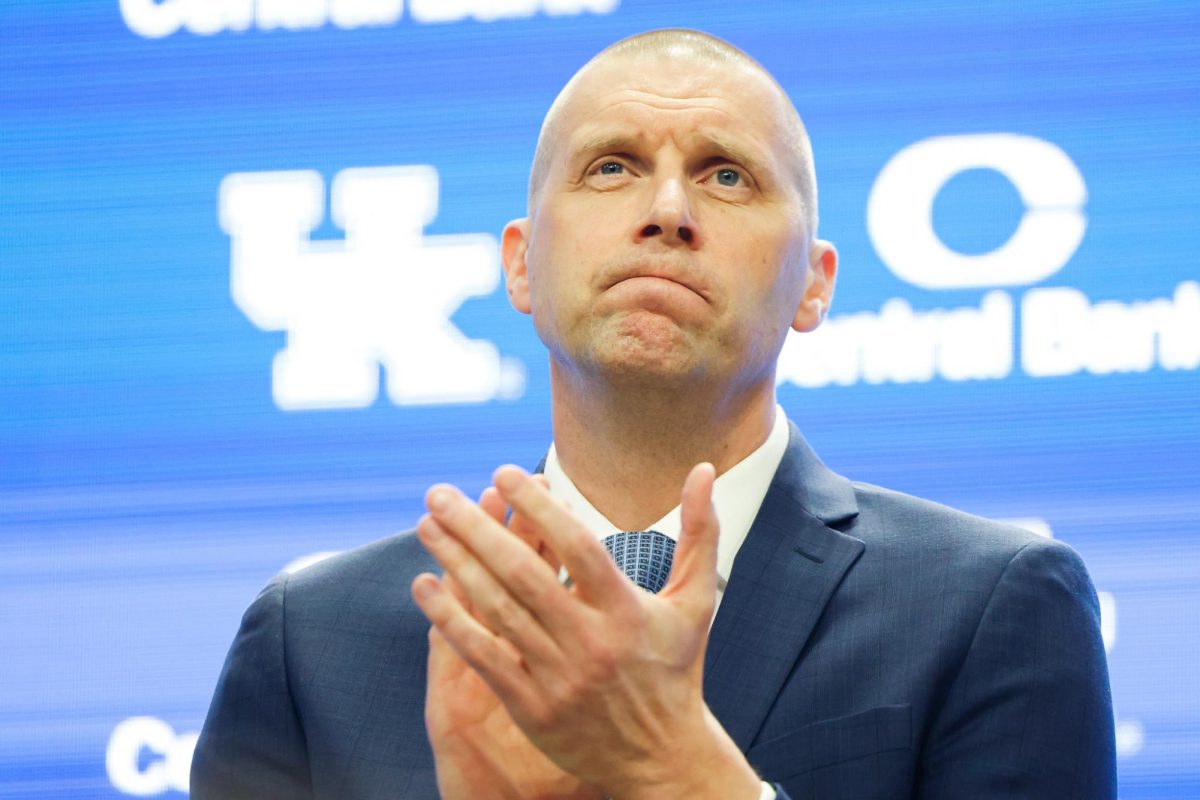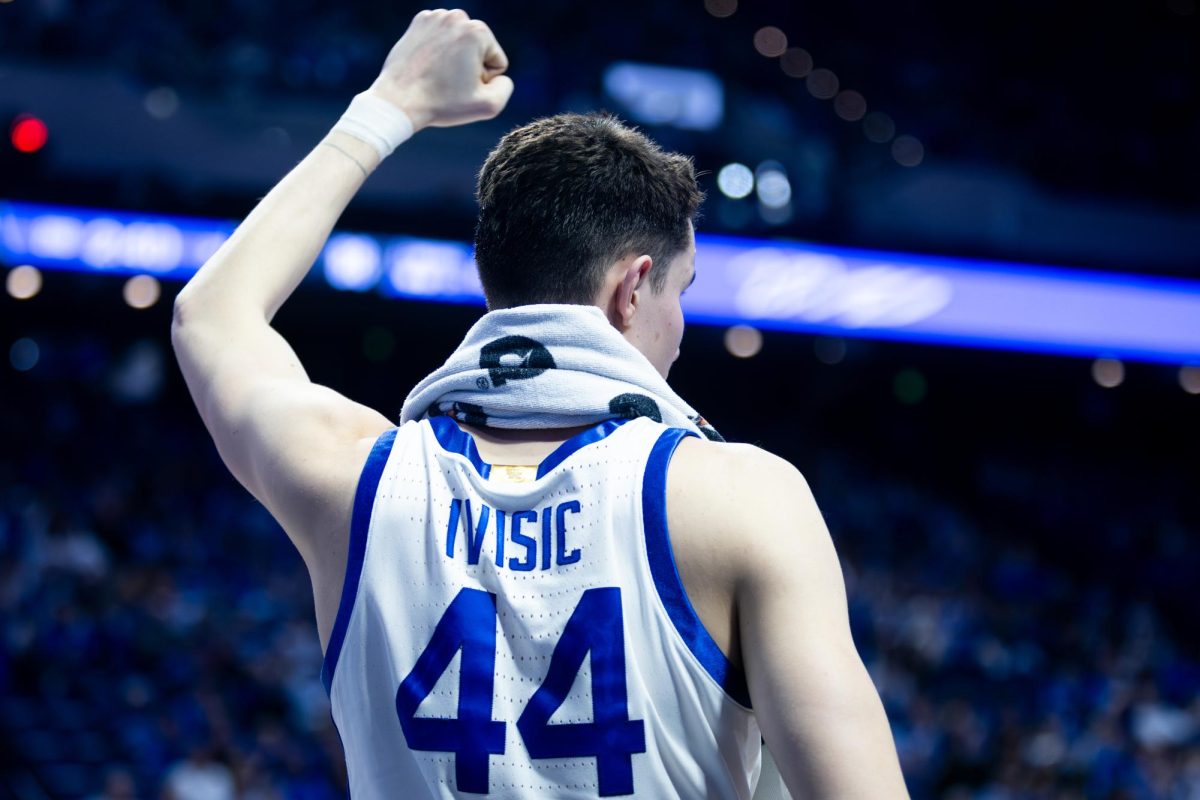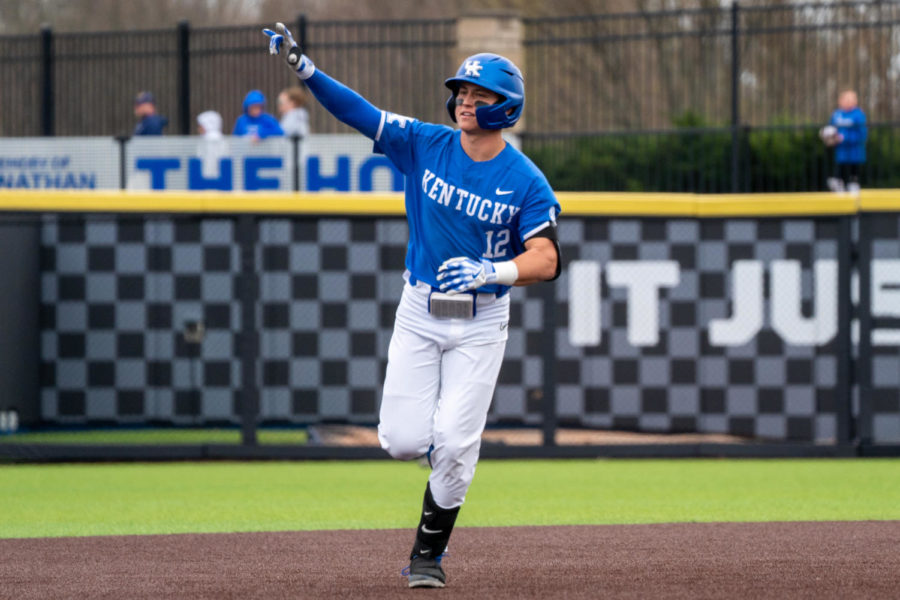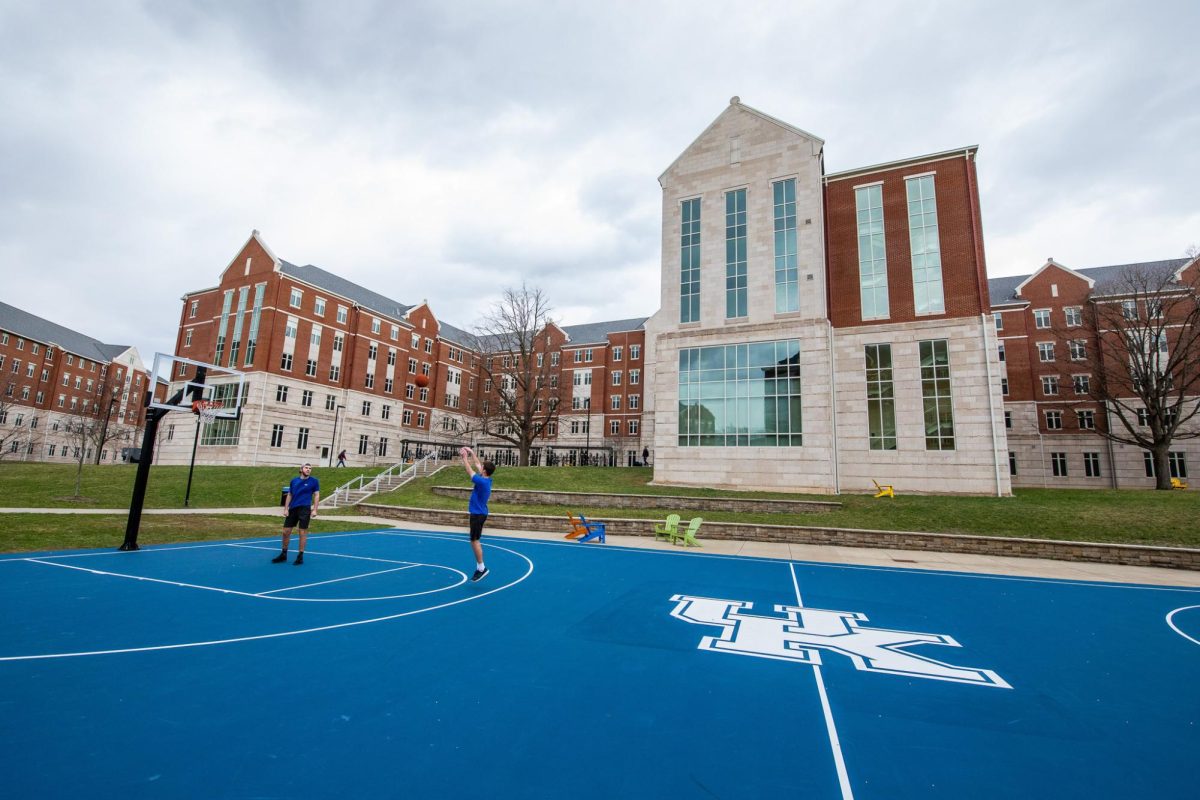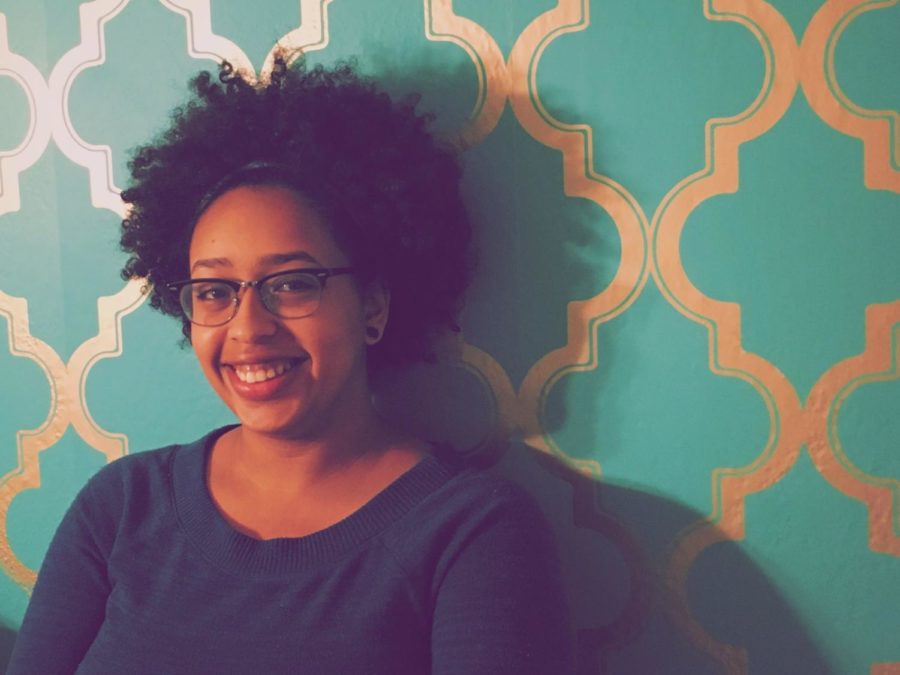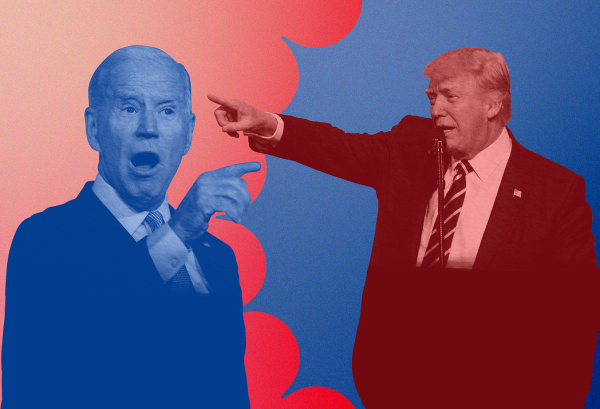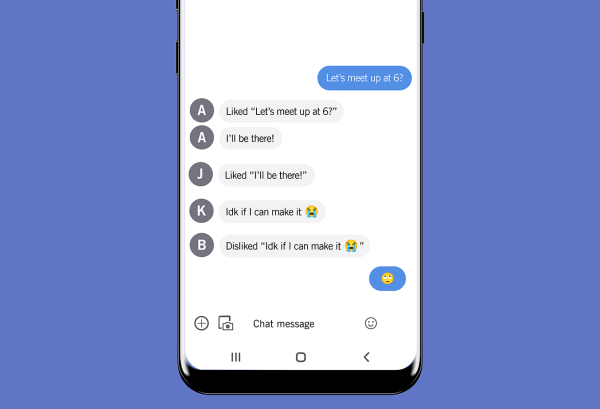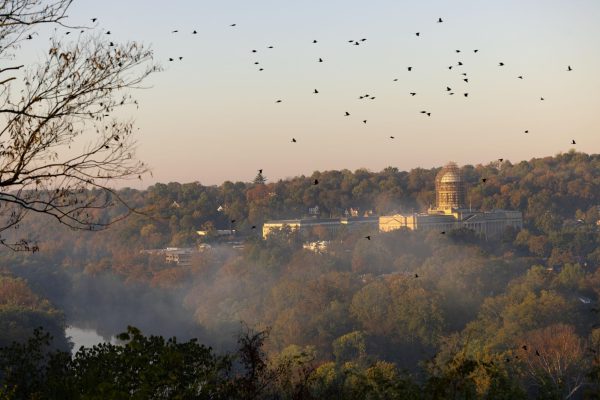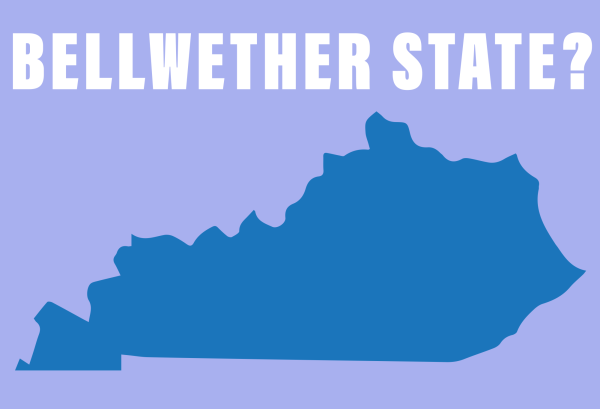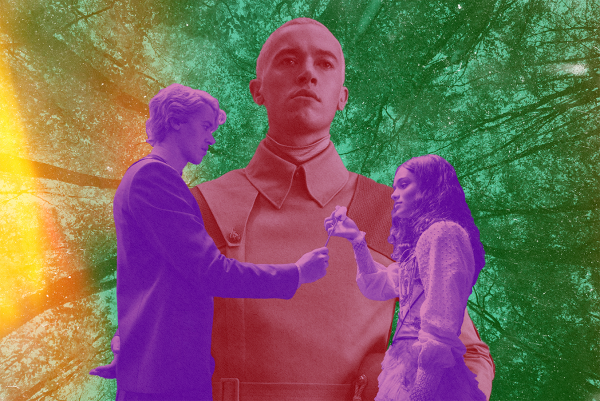Safe spaces at UK could help improve issues with racial inclusivity
April 12, 2016
On Saturday, dozens of UK students, faculty and staff joined community members to discuss steps following the Call to Action Town Hall that took place earlier this semester.
During the first part of discussion, attendees were asked to split into two groups — African-Americans and their allies. The purpose of the temporary separation was to provide an opportunity for students to share their trauma to a room of people who understood from a firsthand perspective. In short, it was what one would call a safe space.
That safe space is what my classmate and dear friend Ryan McElhose needed in late March when he was walking home from class and heckled by four people in a car, calling him slurs like “n****r, f****t, whore, illegal, and monkey.”
Safe spaces are one of the top jokes for conservatives when discussing the entitlement of millennials. No one ever really stops to take them seriously.
For counseling psychology doctoral candidate Della Mosley, safe spaces are a simple solution to improving the psychological and relational wellness of marginalized students.
“Why do people need safe spaces? Because wellness, at any level — physical, mental, relational, environmental — is tied to safety,” Mosley said. “When people ask for safe spaces or seek out safe spaces, they are conveying two things. One is that they are not experiencing safety. And if they’re not experiencing safety, they’re not experiencing wellness. And two, they’re saying despite this overall lack of safety, they will settle for a temporary safe haven.”
After all, safety is a basic necessity entitled to all human beings. It’s the second most important tier of Maslow’s Hierarchy of Needs.
McElhose’s story is reminiscent of other instances of drive-by bigotry reported to the Kentucky Kernel in recent weeks.
McElhose wrote in his side of the story:
“My safety felt threatened as a UK student, even if I was in an off-campus setting. As I was being shouted at while walking to my apartment, I asked fellow students that were residents for assistance (i.e. calling the police, recording on their cellphones). Although I was not surprised by their negligence, my safety was and still is in jeopardy … Even if we take the likelihood of the attackers being affiliated with UK out of the equation, the complacency of my fellow residents and students as I was being attacked was an even greater unsettling feeling.”
It should be noted here that those slurs were not just words. Besides being wholly uncalled for, Ryan had no guarantee that he was not in physical danger. After sharing the incident on Facebook, some well-meaning friends implored him not to take it personally and let him know that he was a nobler person than the hecklers in the car, oblivious that, at the time, he needed empathy and soothing of fears rather than pats on the back.
While there are resources such as the Violence Intervention and Prevention Center to report such instances, there also needs to be a provided area where students of color can discuss this sort of situation with people who can relate and respond with understanding rather than pity.
The proposed Center for Graduate and Professional Diversity Initiatives could provide that safe space for students of color, both undergraduate and beyond.
Like the dozens of designated “safe places” around Lexington marked as havens for runaway youth, an intentional safe space for students of color would be a solace from a campus that at times can seem unwelcoming for some students.
To those who argue against intentional zones for certain demographics: surprise, they already exist. They’re just not called safe spaces. Think of religious buildings and international student centers. Sometimes you just want to be around people who get you, no questions asked.




